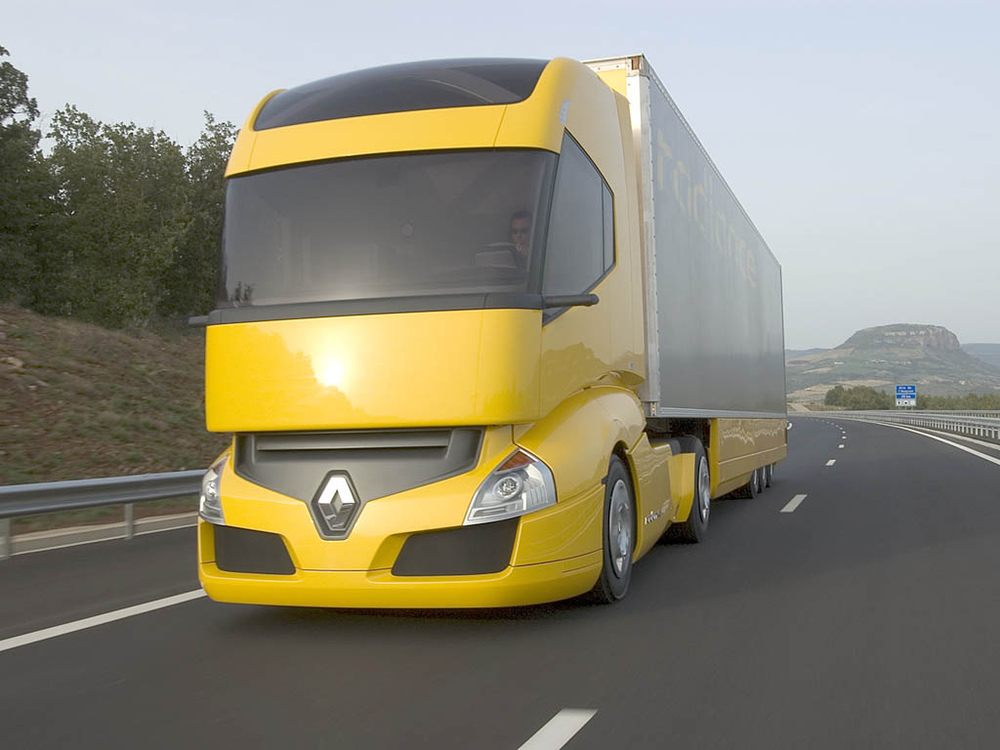
Although often overlooked, the impact of poor aerodynamics can really cost your fleet in fuel consumption. In high mileage applications, the difference can even be quite noticeable. With some basic principles, we are going to cover a few very achievable improvements that you can make and see real savings for your company.
My Experience in Aerodynamics
Much of my free time at Auburn University was devoted to designing, building and racing an experimental solar-powered vehicle. While many social activities were sacrificed, this pursuit did have some interesting perks - like playing with really expensive materials and equipment.
One of the more noteworthy examples of this privilege came toward the end of our design phase with the Solar Car. Utilizing CAD renderings and a 3-D printer (extremely rare in 2004), we had different scale models of the car produced. And then, we got to play in Auburn’s subsonic wind tunnel. Now “play” probably does a disservice to the painstaking hours of precise setup and measurement, but who gets to do that kind of stuff?

More lasting than the time we spent testing the models were the lessons learned. As with any classroom topic, the principles of aerodynamics resonated much heavier when I could see the real world results of vehicle design.
For our car, every percent gain in efficiency was huge. Winning and losing was in the balance with every little advantage. But, when you think about it, such small wins across an entire fleet of vehicles can pay off in a similar fashion. The more mileage your drivers are racking up, the more important such fuel economy gains can be to your bottom line. You probably aren’t headed to a wind tunnel anytime soon to make improvements, but we have some tips and ideas that can certainly help you see a difference over time.
Improving Aerodynamic Efficiency
Speeding Costs You

Your last math class may have been a long time ago, but you don’t have to be a scholar to understand this principle. As you go faster, the drag (wind resistance) that slows down a vehicle increases exponentially (velocity squared). Basically, that means that the force resisting a car in motion doesn’t just go up incrementally with each mph, it slopes steeply upward toward costing you gas money. Getting your drivers to slow down is not only safer, it is also the easiest way to cut down on fuel costs.
The Right Profile to Match the Load
Part of rightsizing a fleet is making strategic vehicle purchases based on the job they will perform. Whether you require custom-made bodies or have a variety of trailer options, it is important to consider that you want the lowest front profile as possible. Over a long haul, an unnecessarily large, boxy vehicle is going to burn through much more fuel than one which closely accommodates your loads.
Aero Enhancements
For those in the trucking industry, aerodynamic devices have been a hot topic in the last few years of high fuel prices. The challenge, as with many fleet decisions, is equating promised gains with actual realization. As mentioned previously, companies with high mileage, over-the-road operations are the best fit for achieving savings over time.
You can already see the widespread advancement of aerodynamics by major manufacturers. New models by Ford, GM, and Volvo are sporting thoughtfully designed features like front grill shutters, streamlined mirror covers and enhanced ground effects.
For tractor trailers, there are a number of add-ons that can make the rig slicker going down the road. These include side skirts, rear covers and fairings - all having the objective of keeping the air flow as laminar (non-turbulent) as possible. You will see a lot of focus on decreasing wheel exposure, as spinning air surrounding them creates a profile much larger frontal area than the tire size implies.
Depending on the product, a savings of 5-7% in fuel consumption can be realized. Up front expenses vary, but if you have mileage logged in a fleet management system, then you can easily determine the payback period. With current gas and diesel prices being where they are, it is at least worth a quick look to see if your vehicles could benefit from this investment.



